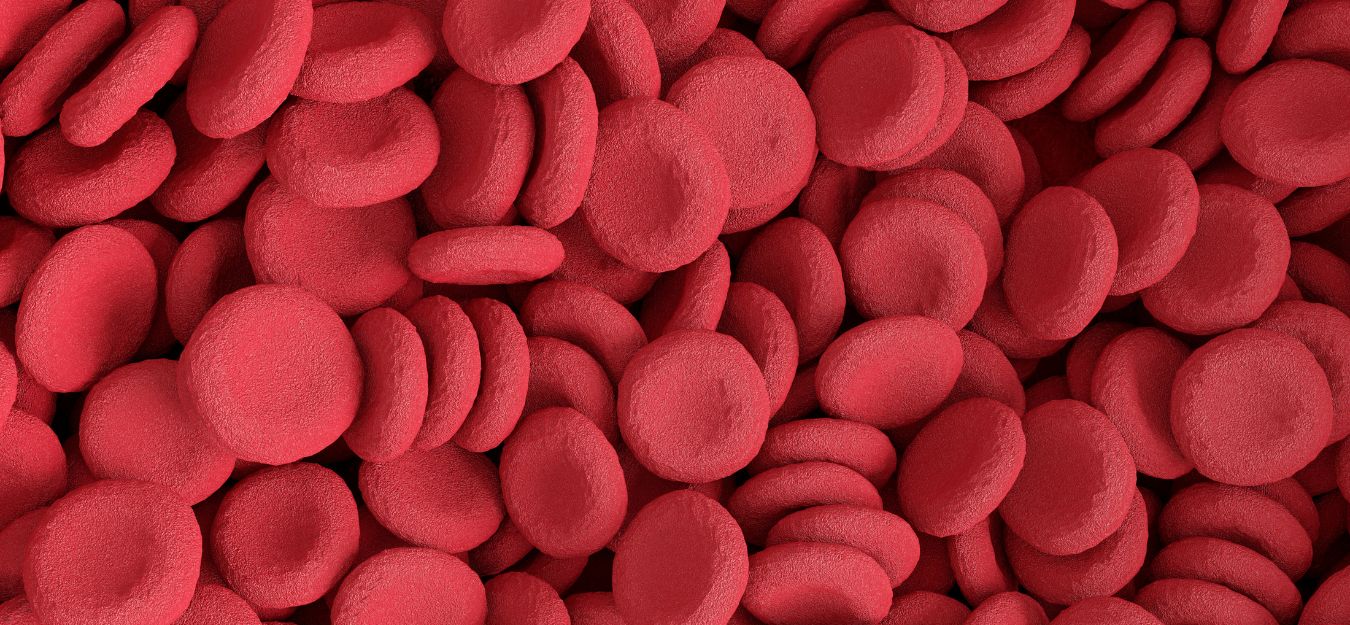Your Comprehensive Guide to Better Blood Health
Immune thrombocytopenia (ITP) is a condition where the body’s immune system attacks its own platelets, which help the blood to clot. With fewer platelets, people with ITP may bruise or bleed more easily than normal. Although the condition can seem scary, many treatment options can help manage the symptoms and improve quality of life. In this article, we explain 12 common treatment methods for ITP, including medical, lifestyle and natural remedies.
1. Hizentra
Hizentra is a type of immunoglobulin, a medicine made from the antibodies found in healthy donors. It is given by an injection just under the skin (subcutaneous injection). Hizentra helps change the way your immune system works and can reduce the attack on your platelets. Regular doses are needed to keep platelet counts stable.
2. Corticosteroids
Corticosteroids are medicines that reduce inflammation and calm the immune system. They are one of the first treatments used to manage ITP because they can help increase the platelet count by slowing down the immune system’s attack on platelets. Common corticosteroids include prednisone.
3. Immunoglobulin or Thrombopoietin Receptor Agonists
Immunoglobulin therapy, such as intravenous immunoglobulin (IVIG), is another treatment that helps boost platelet counts. IVIG is given through an IV and works quickly to block the immune system from destroying platelets. Thrombopoietin receptor agonists, on the other hand, are drugs that tell your body to make more platelets. They are especially useful for patients who do not respond well to other treatments. Both types of treatments can help manage symptoms and lower the risk of bleeding.
4. Immunosuppressants
If other treatments do not work well, doctors might suggest immunosuppressants. These medicines lower the overall activity of the immune system. By doing so, they can reduce the attack on platelets. Since these drugs affect your entire immune system, they may increase your risk of infections.
Related Search Topics (Ads)
5. Surgery
In some cases, surgery may be necessary. The most common surgical option for ITP is called a splenectomy, which is the removal of the spleen. The spleen is where many of the platelets are destroyed. Removing it can help increase the number of platelets in your blood. Not everyone with ITP needs surgery, and doctors usually consider this option if other treatments have not worked well.
6. Platelet Transfusion
Platelet transfusion is sometimes used when a patient has very low platelet counts or is at risk of serious bleeding. With this option, platelets are given through an IV from a blood donor. However, transfusions are usually a temporary measure. They are most often used in emergency situations or before surgery rather than as a long-term treatment strategy.
7. Avoiding Contact Sports
Physical activities that carry a high risk of injury can be dangerous for people with ITP. Contact sports, such as football or hockey, can cause bruising or internal bleeding because of the low platelet count. Your doctor will likely advise you to avoid playing contact sports until your platelet levels are stable.
8. Watch for Signs of Infection
Many ITP treatments, especially immunosuppressants and corticosteroids, lower the ability of your immune system to fight germs. It is important to be alert to signs of infection, such as fevers, chills, sore throat or unusual tiredness. Early detection of an infection means that you can see your doctor quickly and get treatment before the infection becomes severe.
9. Avoiding Certain Over-The-Counter Medications
Certain over-the-counter (OTC) medications can worsen bleeding. For example, medicines like aspirin and non-steroidal anti-inflammatory drugs (NSAIDs), such as ibuprofen, can interfere with platelet function. If you have ITP, talk with your doctor or pharmacist before taking any OTC drugs to make sure they are safe for you.
10. Folate
Folate is a vitamin that is important for making new blood cells, especially red blood cells. While it does not directly increase your platelet count, having enough folate helps keep your blood healthy. Good blood health is important because it ensures that your body has the energy and strength to deal with treatments like corticosteroids or immunosuppressants.
11. Vitamin B12
Vitamin B12 is another nutrient that plays a key role in keeping your blood cells healthy. This vitamin helps build red blood cells and supports your overall energy levels. Even though vitamin B12 does not directly treat the low platelets in ITP, it helps your body function well while you undergo treatment.
12. Iron
Iron is crucial for making hemoglobin, a protein in red blood cells that carries oxygen. Just like folate and vitamin B12, iron helps maintain overall blood health. When you have ITP, keeping your red blood cells at a healthy level is important, especially if you run the risk of anemia. Anemia can make you feel weak and tired, so taking iron supplements or eating iron-rich foods can help support your energy and well-being while you manage ITP.
Final Notes
Living with ITP means keeping track of your health and making careful choices each day. Remember, while ITP might seem overwhelming at times, there are many ways to keep your platelets at a safer level and reduce the risk of bleeding.

